

|
|
|


|
|
1/12 Scale Nitro Touring Car:
Kyosho 049 VW Beetle - 2387
|
Released by Kyosho circa 1990, the 049 VW Beetle 1/12 Nitro Touring Car - # 2387 - came factory assembled ARR (Almost Ready to Rum) - # 3056 - and came with an unpainted Bodyshell and a number of chrome-finish detail parts, a Cox .049 Engine and Muffler with Pull-Starter (at the rear), and semi pneumatic treaded Tires. A Radio System and Fuel to be purchased separately.
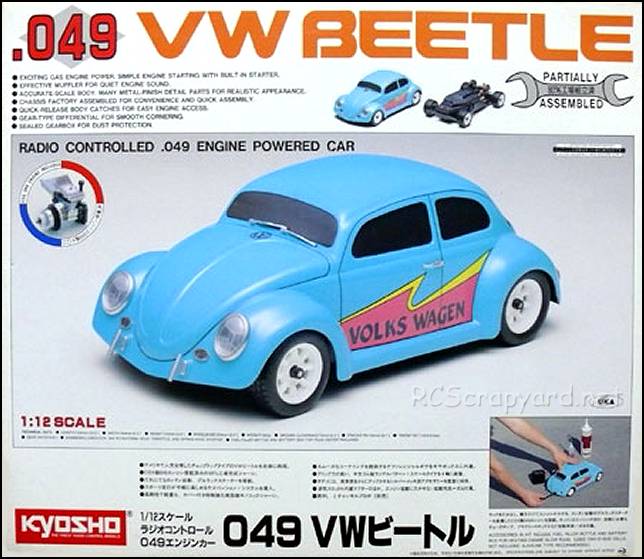
The 2WD model is based on a molded plastic tub chassis, with sealed cover, a bevel gear differential built into the spur gear, an alloy motor pod, sliding pillar front suspension and bushings. The odd length steering track rods produced Ackerman problems.








|
|
|

★ Kyosho 049 VW Beetle - # 2387 ★
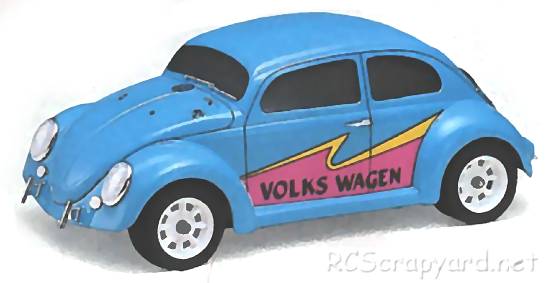
★ Kyosho 049 VW Beetle - 2387 ★
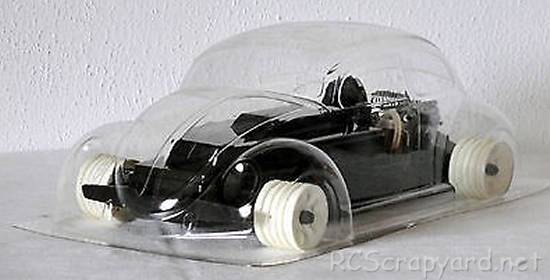
★ Kyosho 049 VW Beetle - 2387 ★
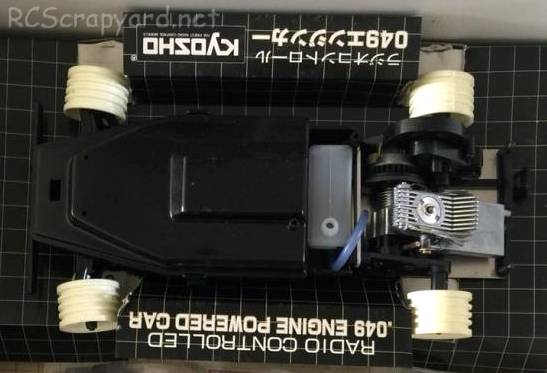
★ Kyosho 049 VW Beetle - 2387 - Chassis ★
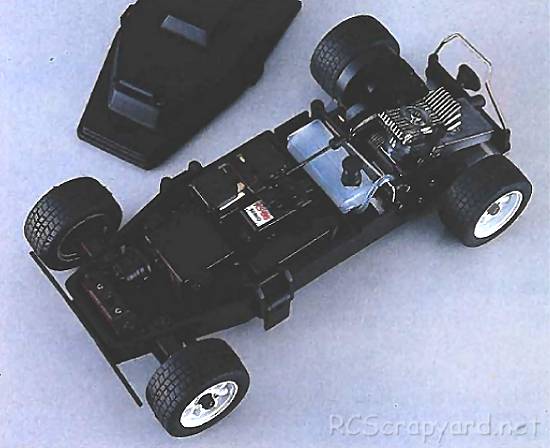
★ Kyosho 049 VW Beetle - 2387 - Chassis ★
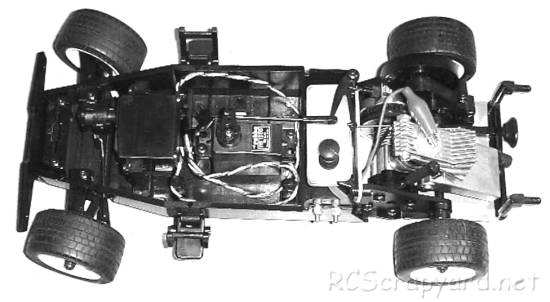
★ Kyosho 049 VW Beetle - 2387 - Chassis ★
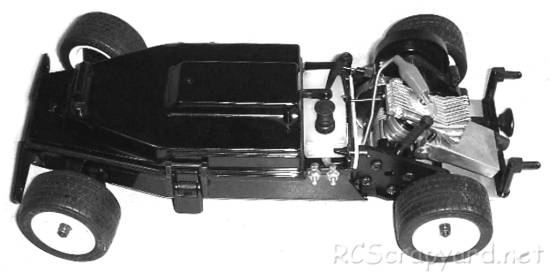
★ Kyosho 049 VW Beetle - 2387 - Chassis ★
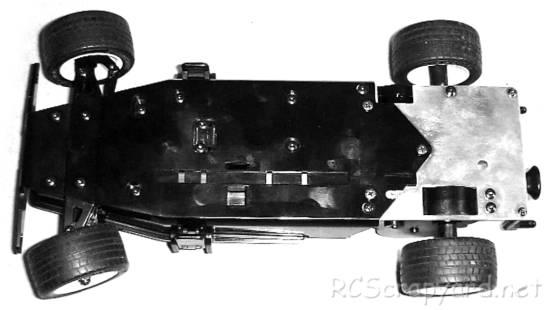
★ Kyosho 049 VW Beetle - 2387 - Chassis ★
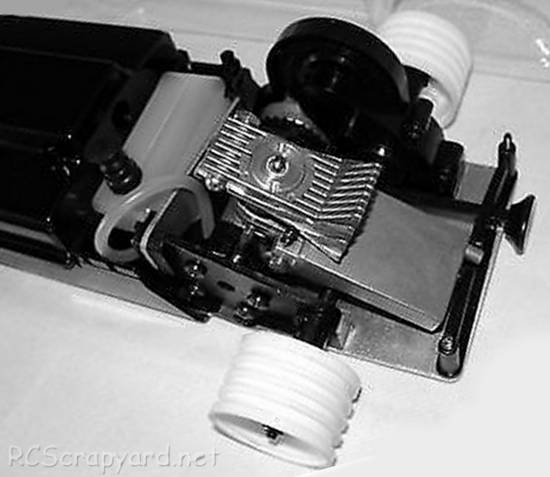
★ Kyosho 049 VW Beetle - 2387 - Chassis ★
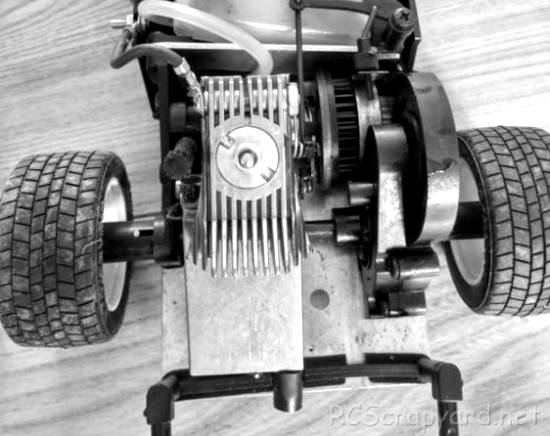
★ Kyosho 049 VW Beetle - 2387 - Chassis ★
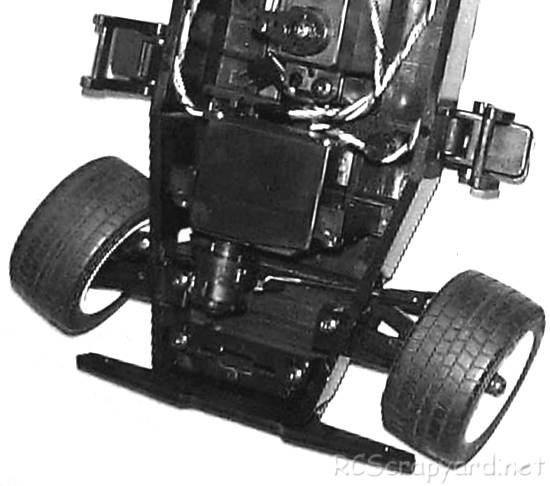
★ Kyosho 049 VW Beetle - 2387 - Chassis ★
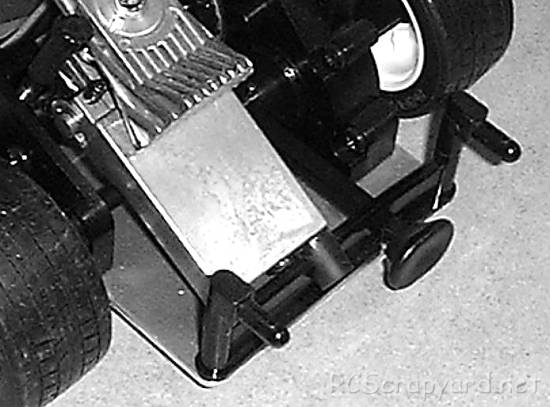
★ Kyosho 049 VW Beetle - 2387 - Manual ★
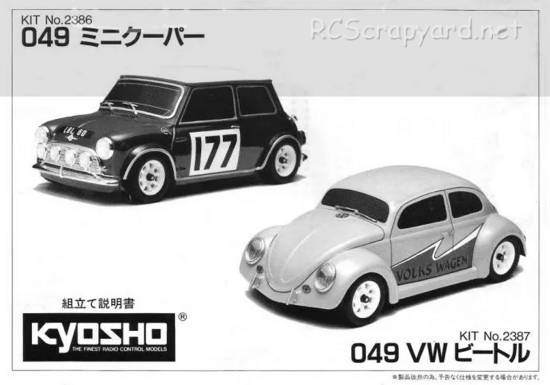
★ Kyosho 049 VW Beetle - 2387 - Manual ★
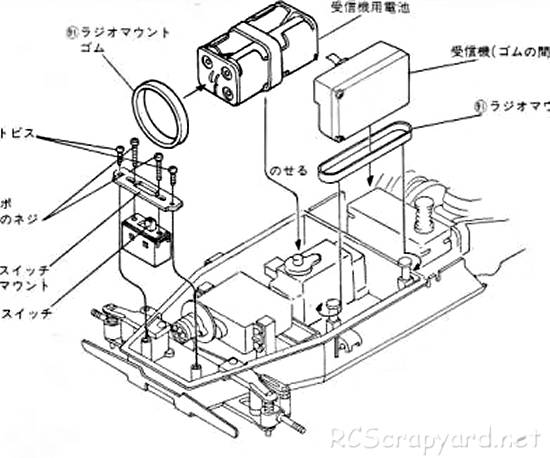
★ Kyosho 049 VW Beetle - 2387 - Manual ★
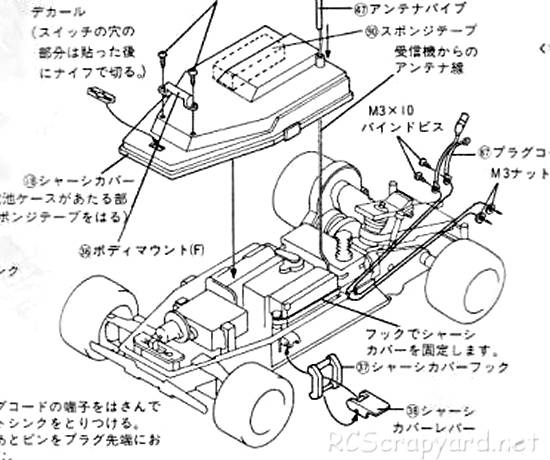
★ Kyosho 049 VW Beetle - 2387 - Manual ★
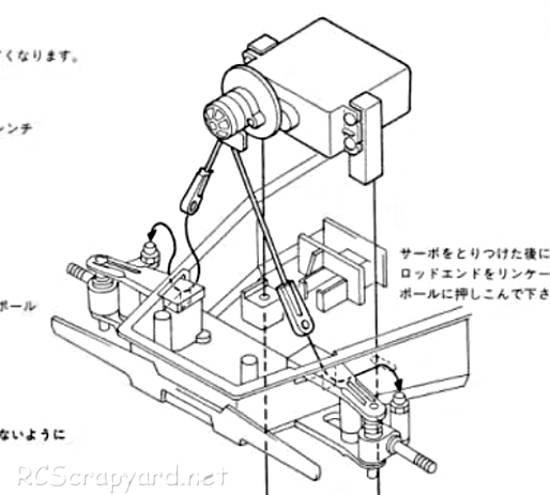
|
Buying a Used Radio Controlled Model
|
|
Manufacturers and Brands Catalogued, Listed and Reviewed by RC-Scrapyard.
At present, the RC Model Manufacturers, Brands and Distributors covered by us are: ABC Hobby, Academy, Acme Racing, Agama Racing, Amewi, Ansmann Racing, ARRMA, Team Associated, Atomic RC, Axial, AYK, Bolink, BSD Racing, Capricorn, Carisma, Carson, Caster Racing, Cen, Corally, Custom Works, Durango, Duratrax, ECX - Electrix, Exceed RC, FG Modellsport, FS-Racing, FTX, Fujimi, Gmade, GS-Racing, Harm, HBX, Helion, Heng Long, Himoto Racing, Hirobo, Hitari, Hobao, Hong-Nor, Hot Bodies, HPI, HSP, Intech, Integy, Jamara, JQ Products, Kawada, Kyosho, Losi, LRP, Maisto, Mardave, Marui, Maverick, MCD Racing, Megatech, Mugen, New Bright, Nichimo, Nikko, Nkok, Ofna, Pro-Pulse, Protech, PTI, RC4WD, Redcat Racing, RJ-Speed, Robitronic, Schumacher, Seben, Serpent, Smartech, Sportwerks, Step-Up, Tamiya, Team-C Racing, Team Magic, Thunder Tiger, Tomy, Top Racing, Traxxas, Trinity, Tyco, Vaterra RC, Venom, VRX Racing, WLToys, X-Factory, Xmods, Xpress, Xray, XTM, Yankee RC, Yokomo, ZD Racing and Zipzaps. |
|
Hints, Tips and Information
Maintain your Fuel System
Nitro engines need a regulated constant supply of fuel to run efficiently. If this supply is restricted or contaminated in any way, the engine will show problems in a number of ways. |
|
Hints, Tips and Information Make your RC Model Ball Bearings Work for You
If you are serious about your racing, looking after your bearings is essential if you are to remain competitive. |
|
RC Models:
|
Radio & Motors: |
Other
Accessories: |